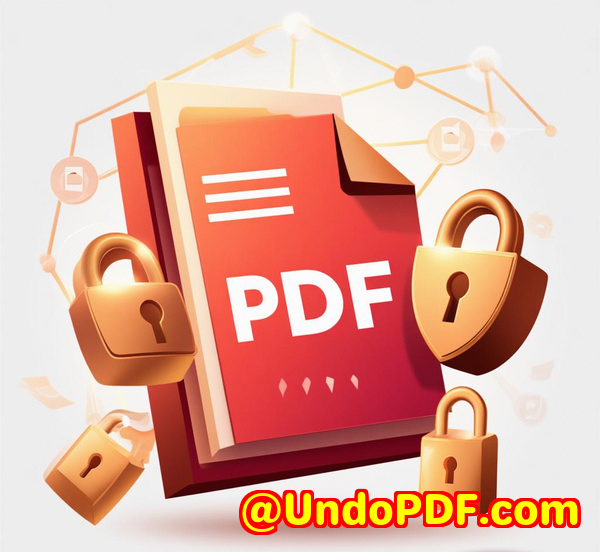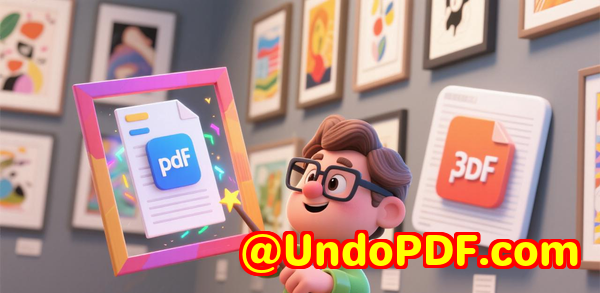How to Block All Virtual PDF Printers While Allowing Authorized Printing With VeryPDF DRM Protector
How to Block All Virtual PDF Printers While Allowing Authorized Printing With VeryPDF DRM Protector
Protecting educational content is tougher than it looks. I remember the first time I released a set of digital workbooks for a training programwithin days, I noticed copies popping up where they shouldn’t. Students were sharing PDFs freely, printing them to virtual PDF printers, and suddenly, revenue I counted on was leaking. It felt like every safeguard I’d triedpasswords, locked PDFs, even basic copy protectionwasn’t enough.

That’s when I discovered VeryPDF DRM Protector, a tool that transformed the way I manage digital educational content. It’s designed specifically for scenarios where you want to allow authorized printing but block all virtual PDF printers and track print counts. If you sell educational materials, training manuals, or pay-per-print resources, this is a game-changer.
Why Blocking Virtual PDF Printers Matters
You might think, “Why is a virtual printer such a big deal?” Here’s the problem: when users print a PDF to a virtual printer, they can generate a new file instantly. That new file can be shared, copied, or even uploaded elsewhere. Traditional PDF security measureslike password protection or simple DRMdon’t stop this.
With VeryPDF DRM Protector, this risk disappears. The software detects all virtual PDF printerslike Microsoft Print to PDF, Adobe PDF, and other software-based driversand blocks them. It ensures that only physical printers can be used. That simple control saved me countless headaches. No more worrying about students generating duplicate PDFs and redistributing them.
How I Use VeryPDF DRM Protector Every Day
From the moment I installed the software, I noticed a difference. The interface is intuitive: protected PDFs open only in the VeryPDF DRM Viewer, where all printing and access controls are enforced. Here’s what I rely on most:
-
Print-Only Access: My users can open and print PDFs, but they can’t download, copy, or save them. It’s perfect for schools and training centers that need to distribute physical copies without letting content escape digitally. I remember testing this with a new batch of course materialsstudents could print workbooks, but no one could sneak files onto a USB drive. That moment confirmed the software works exactly as promised.
-
Print Tracking Reports: This feature is gold for pay-per-print models. Every print action is logged: date, time, user, printer, number of pages. I now generate monthly reports to bill institutions accurately. Before this, I had no way of knowing how many copies were printed, and reconciling invoices was a nightmare. VeryPDF DRM Protector makes it easy to track usage and revenue.
-
Custom Catalog Organisation: I manage hundreds of PDFs for different subjects and grades. With the DRM Viewer, I can organise files in a catalog, making it simple for users to browse and print exactly what they need. Hosting options include my own server, Google Drive, or VeryPDF’s secure servers, which gives me flexibility depending on client needs.
Real-World Use Cases
Here’s where the software shines:
-
Educational Publishers: You can sell digital workbooks but enforce that printing is the only way students get physical copies. Virtual printer blocking prevents piracy.
-
Training Centers: If you provide manuals for courses, the software ensures every print is accounted for and helps implement a pay-per-print system.
-
Franchise or Multi-Site Learning Programs: You can control access at the site level. Each location prints only what they are allowed, and print counts are centralised for accurate tracking.
-
Corporate Training: Companies distributing sensitive training materials can ensure employees print only authorized copies, reducing leakage risks.
Core Advantages I Experienced
The more I used VeryPDF DRM Protector, the more I appreciated these advantages:
-
Complete Control Over Printing: Unlike browser-based viewers, this software operates at the system level in Windows. It detects and blocks virtual printers, something that online tools simply can’t do.
-
Revenue Protection and Monetisation: For my pay-per-print courses, I can charge precisely for each printed workbook. It converted a potential revenue leak into a new income stream.
-
Compliance and Auditing: The detailed logs make audits simple. I can show which user printed what, when, and on which printer. It adds transparency for both clients and internal operations.
-
Flexible Deployment: You can run the DRM Viewer offline or online. Offline mode is perfect for sites with restricted internet access, while online mode offers real-time print tracking and reporting.
-
Dynamic Watermarking: Adding user-specific watermarks discourages photographing or photocopying printed materials. I’ve found it effective at reducing casual copying.
My Workflow With VeryPDF DRM Protector
Here’s a peek into how I integrate it into daily operations:
-
Step 1: Prepare PDFs I protect all course materials using the DRM Protector. Permissions are set for print-only access, and virtual printers are blocked.
-
Step 2: Publish PDFs Files are uploaded to my server or VeryPDF’s secure cloud. Users access them through the DRM Viewer.
-
Step 3: Monitor Printing Every print generates a log entry. I check reports weekly for usage patterns and billing.
-
Step 4: Analyse Trends Reports help me understand which materials are most popular and optimise future course offerings.
This workflow has saved me hours of manual oversight and given me confidence that my content is secure.
Why Other Tools Fell Short
Before discovering VeryPDF, I tried various solutions:
-
Simple Password Protection: Easy to bypass; students shared passwords.
-
Browser-Based PDF Viewers: Couldn’t block virtual printers; copies could still be generated.
-
Limited DRM Tools: Either too complex to deploy or didn’t integrate printing logs.
None offered the combination of secure printing, virtual printer blocking, and detailed print tracking that VeryPDF DRM Protector does.
Conclusion
If you handle educational PDFs, training manuals, or any pay-per-print content, VeryPDF DRM Protector is a must-have. It prevents virtual PDF printing, ensures controlled access, and tracks every print for accurate billing. For me, it turned a messy, revenue-leaking process into a streamlined, secure workflow.
I’d highly recommend this to anyone distributing sensitive educational materials. Click here to try it out for yourself: https://drm.verypdf.com/
Custom Development Services by VeryPDF
VeryPDF provides bespoke development services for businesses with unique PDF and document management needs. From Windows Virtual Printer Drivers to OCR table recognition for scanned PDFs, their team handles custom projects on Windows, Linux, macOS, iOS, and Android.
Services include:
-
Python, PHP, C/C++, .NET, JavaScript, and HTML5-based utilities
-
Capturing and monitoring print jobs to PDF, EMF, PCL, Postscript, TIFF, and JPG
-
Hook layers to monitor Windows APIs and file access
-
Document format analysis for PDF, PCL, PRN, Postscript, EPS, and Office files
-
Barcode recognition and generation, OCR and OCR table processing
-
Cloud-based solutions for document conversion, viewing, and secure signature
-
PDF security, DRM protection, and TrueType font technologies
If you need a tailored solution, contact VeryPDF via https://support.verypdf.com/ to discuss your requirements.
FAQ
1. Can VeryPDF DRM Protector stop all virtual PDF printers?
Yes. It blocks Microsoft Print to PDF, Adobe PDF, and other software-based drivers, allowing only physical printing.
2. Can I track every print for billing purposes?
Absolutely. The software logs date, time, user, printer, and page count, making pay-per-print billing easy.
3. Does it work offline?
Yes. Offline mode enforces print permissions without internet access, ideal for secure environments.
4. Can I organise multiple PDFs for my users?
Yes. The DRM Viewer supports custom catalogues by subject, grade, or category.
5. Can I integrate this with my existing LMS or ERP?
Yes. VeryPDF DRM Protector supports integration for print tracking, reporting, and automated billing.
Tags or Keywords
-
Virtual PDF printer blocking
-
Secure printing for education
-
Pay-per-print PDF tracking
-
DRM-protected educational PDFs
-
Prevent PDF piracy
-
Print count monitoring
-
Educational content protection
-
VeryPDF DRM Protector



